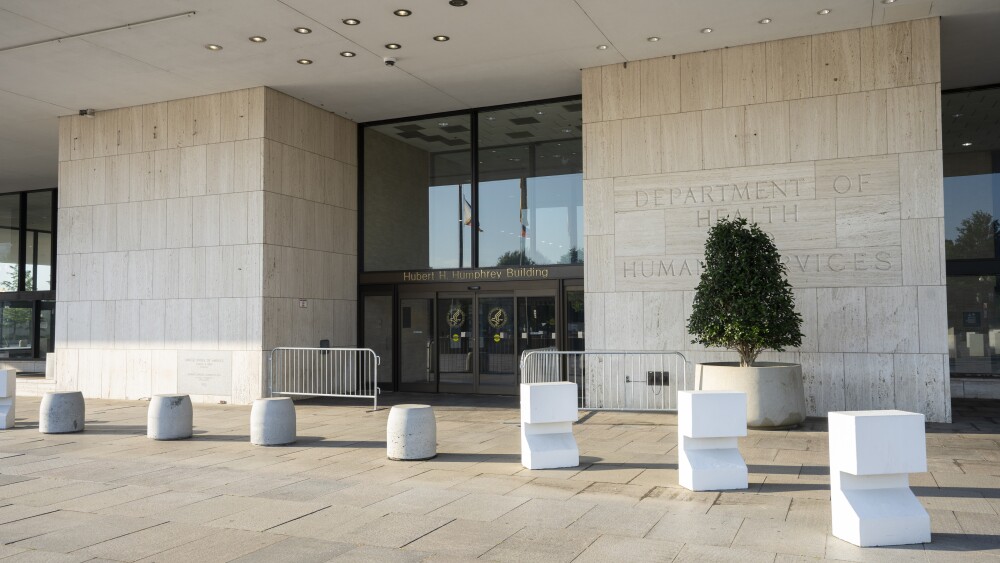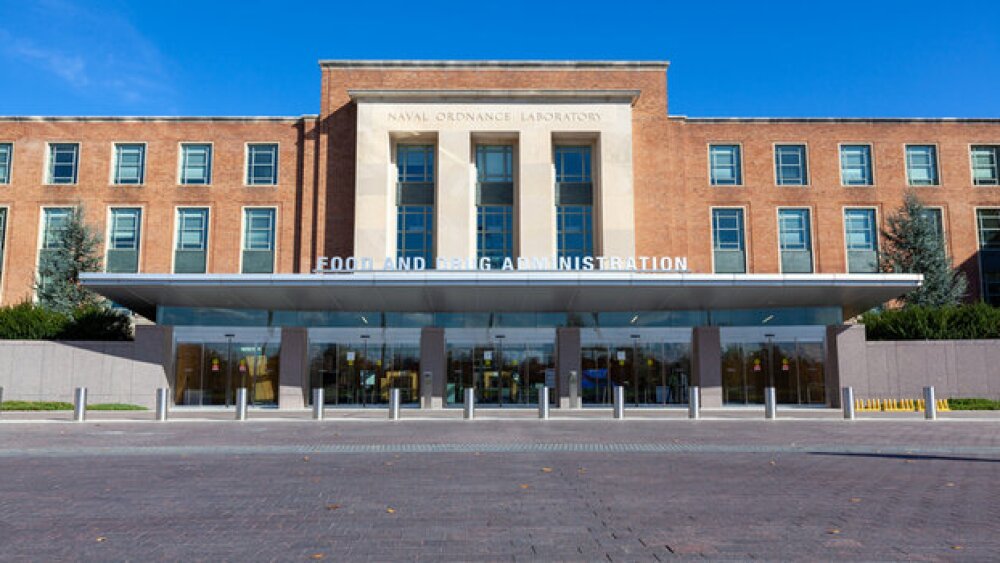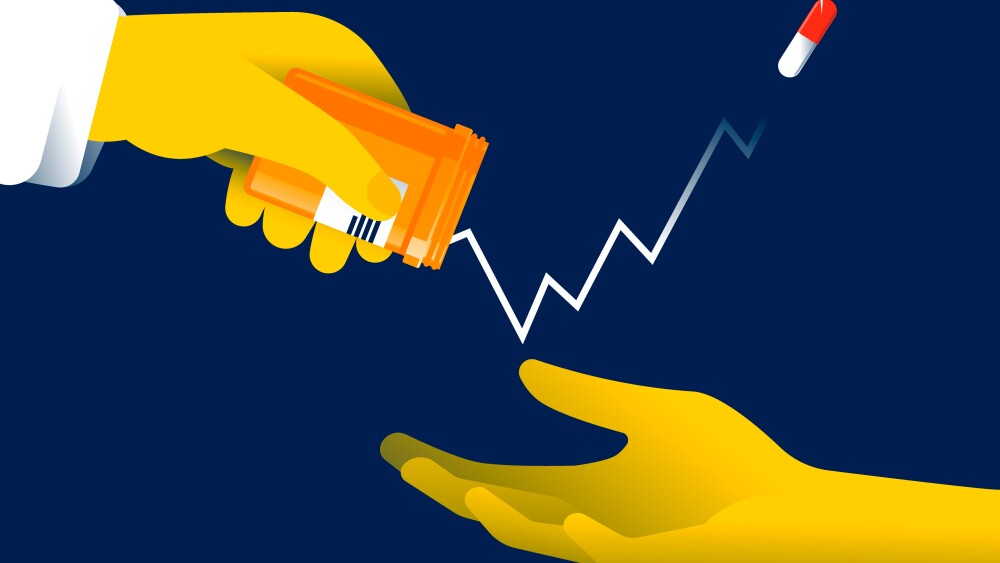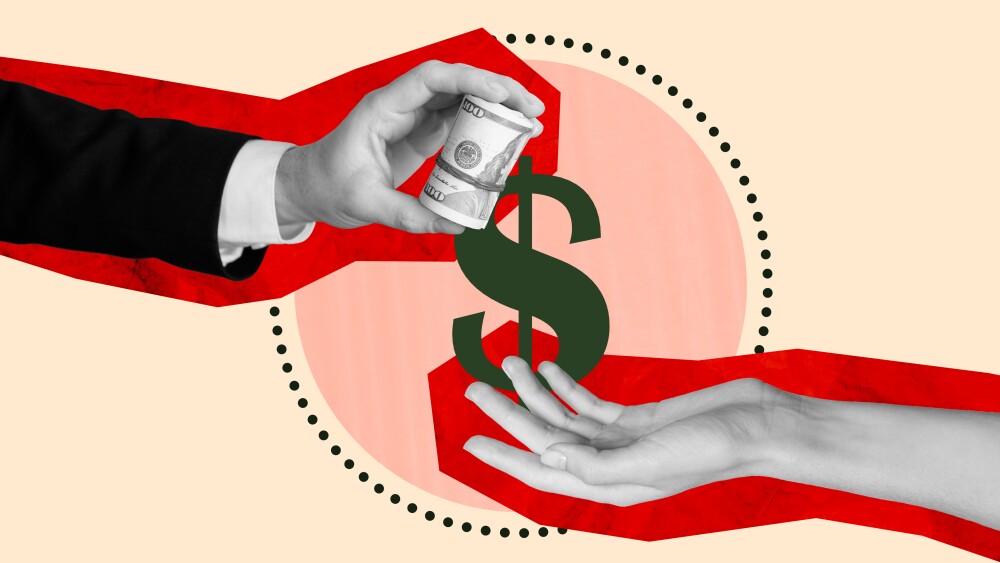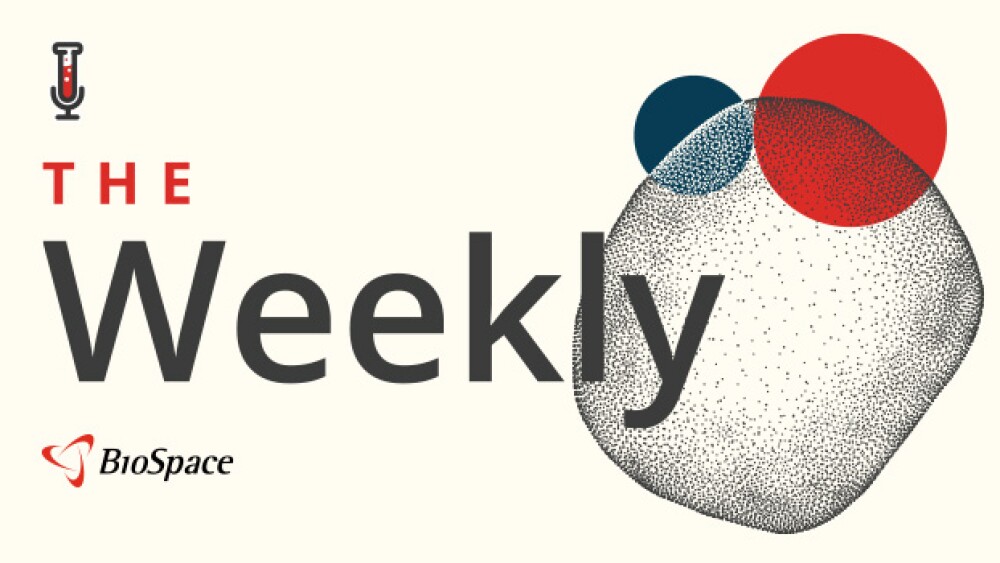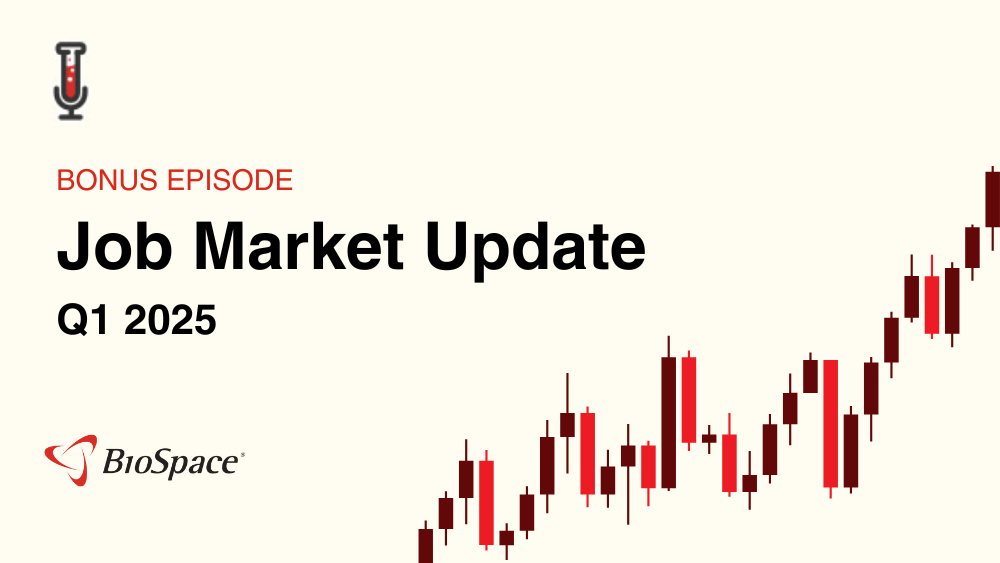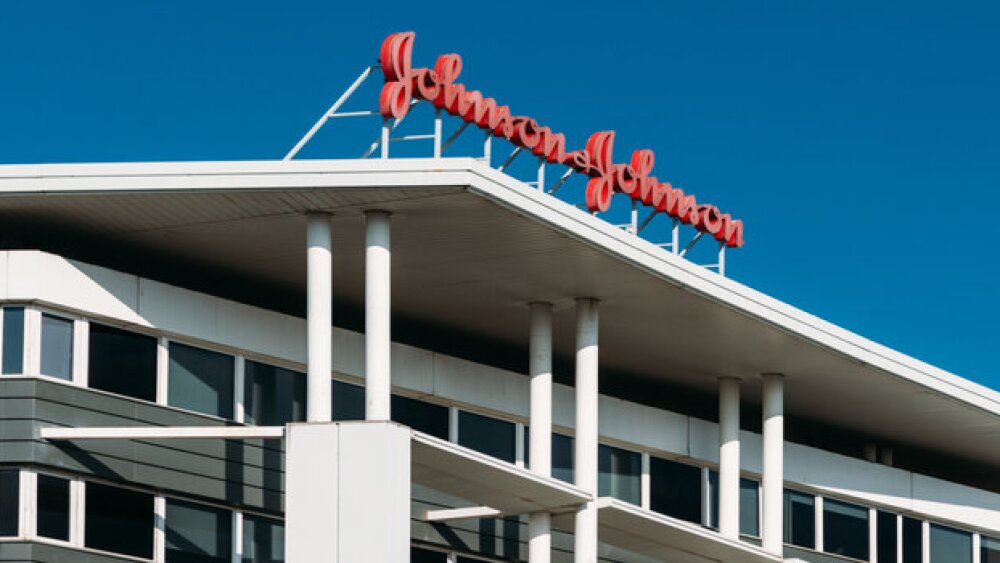All News
GeoVax was using its HHS contract to develop its next-generation multi-antigen COVID-19 vaccine, which is in Phase IIb development.
Despite these cuts, the FDA should be able to stay above a “trigger” level that would prevent it from collecting fees from the pharma industry and deprive it of approximately half of its annual funding, according to The Washington Post.
Kennedy is planning modifications to the Vaccines Adverse Event Reporting System to identify whether vaccines contribute to an unstated problem. The reporting system is at the heart of the departure of CBER head Peter Marks.
During the first quarter, 22 rounds of biopharma layoffs in California affected about 995 employees total, while 17 rounds in Massachusetts impacted around 410 people, based on BioSpace estimates. Meanwhile, competition for jobs in those states increased year over year, according to BioSpace data.
Looking for a biopharma job in Massachusetts? Check out the BioSpace list of nine companies hiring life sciences professionals like you.
In the wake of unprecedented workforce cuts at the FDA, former Commissioner Scott Gottlieb and an unnamed former CBER director spoke to analysts about potential implications for drug review timelines and agency morale.
Despite making an unsolicited bid for gene therapy maker bluebird bio, Ayrmid failed to deliver a binding offer after weeks of due diligence. Bluebird’s board recommended that it go with Carlyle and SK Capital Partner’s original offer to take the company private for $30 million.
Analysts at Leerink agreed with Sanofi that, despite falling short of statistical significance in the Phase II TIDE-Asthma trial, amlitelimab warrants further development in this indication.
Playing both sides of trade war, pharma companies are asking for certain compensations for scientific innovation and a smoother regulatory framework.
Analysts are “cautiously optimistic” about Trump’s executive order, noting that changes to the IRA drug price negotiation program will still require Congressional action before being implemented.
The raise will go toward trialing the company’s lead drug for phosphomannomutase-2 congenital disorder of glycosylation, a rare disease that affects the entire body and produces a wide range of symptoms.
Donald Trump takes biopharma on a tariff-themed rollercoaster ride; J&J kicks off the Q1 earnings season; experts express concern about the FDA’s future; Pfizer’s obesity setback could be Viking’s gain; and BioSpace reveals the highest paid pharma CEOs.
Analysts have had to throw out their assumptions for the biopharma industry’s recovery heading into the first quarter earnings period given the ongoing tariff drama.
Johnson & Johnson’s Joaquin Duato is no longer the highest paid CEO in pharma. Meanwhile, just two women make the top 10.
In this bonus episode, BioSpace’s vice president of marketing Chantal Dresner and careers editor Angela Gabriel take a look at Q1 job market performance, layoffs and administration decisions impacting the workforce.
In the company’s first-quarter earnings call Tuesday, J&J CEO Joaquin Duato said there’s a better way to encourage drug manufacturing in the U.S. than President Donald Trump’s threatened pharma tariffs.
Merck has not disclosed which of its peptide therapies it plans to develop oral formulations for.
J&J opened Q1 2025 pharma earnings Tuesday, reporting sales of $21.9 billion and diluted earnings per share of $4.54. The medicines unit provided $13.9 billion while the medtech unit generated the remaining $8 billion.
According to analysts at BMO Capital Markets, non-obstructive hypertrophic cardiomyopathy would have meant a $1.3 billion label expansion opportunity for Camzyos.
At the heart of the licensing deal is CUE-501, a bispecific molecule that can selectively deplete B cells to address autoimmune and inflammatory conditions.


